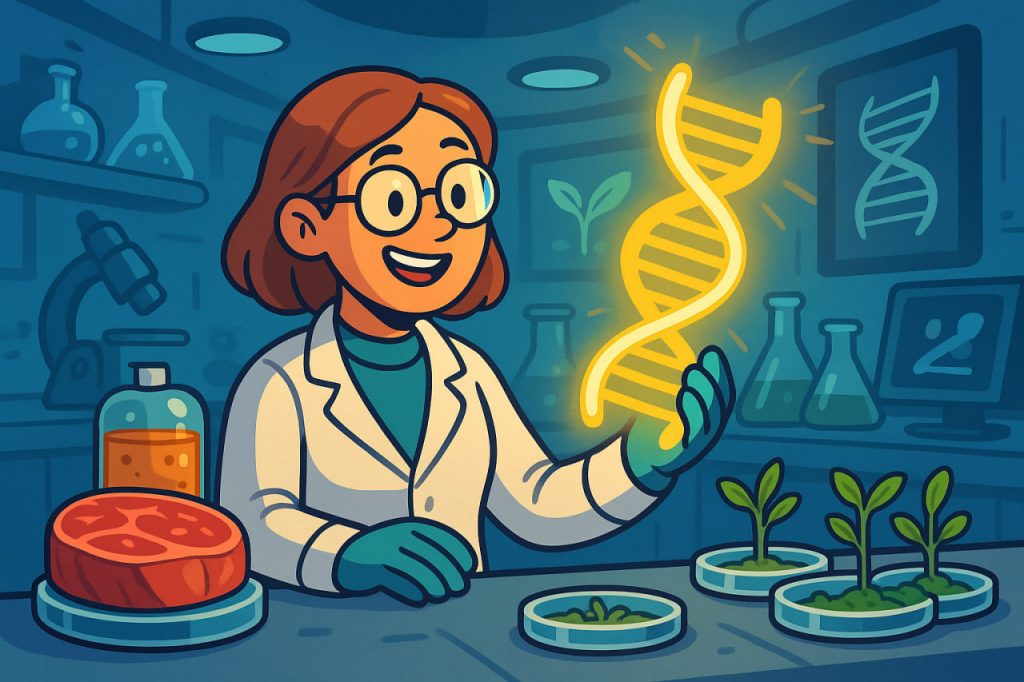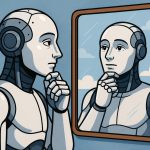Bioengineering is one of the most promising and transformative fields of the 21st century. It combines biology, engineering, and technology to design and build systems that improve health, agriculture, the environment, and even the structure of life itself. From lab-grown organs to gene-edited crops, bioengineering is rapidly reshaping what’s possible for humanity.
Redefining Medicine Through Bioengineering
In the medical world, bioengineering is revolutionizing treatment. Scientists are now developing 3D-printed organs using a patient’s own cells, reducing the risk of rejection and eliminating the need for donors. Tissue engineering allows the creation of artificial skin for burn victims and corneal implants for the visually impaired. Meanwhile, genetic engineering tools like CRISPR are enabling targeted treatments for genetic diseases, such as cystic fibrosis and sickle cell anemia.
These technologies not only save lives but also pave the way for personalized medicine — custom-tailored therapies based on a person’s genetic makeup. Instead of one-size-fits-all drugs, treatments can be designed to maximize efficiency and minimize side effects.
Sustainable Food
Lab-grown meat, is becoming a sustainable alternative to traditional animal farming. Cultivated in bioreactors, this meat reduces greenhouse gas emissions, conserves water, and prevents animal suffering — all while offering a comparable taste and nutritional value.
Environmental Applications
Bioengineers are also working to heal the planet. Engineered bacteria and plants are being used to clean up oil spills, absorb heavy metals, and degrade plastic waste. Algae bioengineering is being explored as a method to capture carbon dioxide and produce biofuels.
Furthermore, synthetic biology offers the possibility to create entirely new organisms designed to address environmental challenges — like bacteria that can extract rare minerals or fungi that break down industrial toxins.
Ethical Challenges and Future Prospects
While the potential is immense, bioengineering raises complex ethical and regulatory questions. Should we edit the human genome to prevent diseases — and if so, where is the line between healing and enhancing? What are the risks of releasing genetically modified organisms into the wild?
Governments and scientific communities are working to establish responsible frameworks. Transparency, safety trials, and public engagement are essential to ensure that bioengineering serves humanity without causing unintended harm.
As tools become more precise and affordable, the democratization of bioengineering is on the horizon — empowering citizen scientists and startups to contribute to innovation.
Glossary
- 3D-printed organs – Artificial organs created using 3D printing technology and living cells.
- Tissue engineering – The process of growing human tissues in the lab for medical use.
- CRISPR – A powerful gene-editing tool used to modify DNA with precision.
- Genetically modified crops – Plants whose DNA has been altered to improve traits like yield or pest resistance.
- Lab-grown meat – Meat produced by cultivating animal cells in a lab, rather than raising animals.


